“I am the Lord your God, who brought you out of the land of Egypt, out of the house of bondage.”
When looking at this lead-off commandment, two things are apparent, though perhaps not immediately so. The first is that this is not a commandment at all. The second is that this God does not self-describe in the more familiar and traditional way as the God of our ancestors, Abraham, Isaac, and Jacob.
If words matter, and I believe we can agree that they do, then we must proceed as if these words, (and those that precede and follow), were carefully and intentionally chosen. For the purposes of this exploration, we will not focus on whether these words were God’s or our human poet unspooling and preserving our extensive foundational story. Either way, because they have endured for 3000+ years and become a veritable cornerstone of Western civilization, and the Abrahamic religions, we will also assert that they take their place in the canon of works worthy of being identified as Art.
As Art, these Ten Commandments must have endured because they function on multiple levels: they have manifest meaning and they have latent meaning; they can be understood for their face value and they have deep resonances beyond what is immediately apparent.
Before exploring the various dimensions of our Commandments, it may be helpful to review briefly a developmental perspective on the acquisition of morality. Psychologists (Piaget, Kohlberg, Gilligan, Loevinger) have long studied the processes by which moral development unfolds. Though each enumerates slight differences in how various stages are defined, there is broad agreement that moral development in humans progresses in somewhat predictable patterns through a hierarchy of stages. The earliest stages focus on fear of punishment, fear of being caught, impulsive desires to gratify self-interest (a popular secular example of this stage might be the character of Thenardier in Les Miserables). This stage transitions to one characterized by conformity and obedience to external rules that are deemed to be absolute, unchanging and authoritative (the constable, Javert, in Les Mis would be an example of this stage). Eventually, in healthy development, this stage evolves into a morality governed by an internal barometer, one that acknowledges context and intent, and is regulated autonomously, balancing one’s personal interests, with the well-being of others near and distant, and with concern and action to safeguard the larger social contract (Jean Valjean embodies this stage).*
With all of this as the foundation, let us parse these 10 Commandments.
As noted above, the first commandment is not a commandment at all. It is an identifier that does a few things. It communicates gravitas, as God is the giver. It acknowledges a current relationship, as God is “your” (our) God, not (only) the God of ancestors. And it affirms OUR identity as a free people. In this way it sets the stage that the set of commandments that follows is going to be about partnership and freedom.
Traditionally, the 10 Commandments have been understood for their manifest content only, as a series of restrictions. As such, they have “lived” their entire “lives” on the dark side of the moon, so to speak; they have “suffered” as a set of negative, finger-wagging “don’ts.” But, what if, at their core, there is a glowing phosphorescent light.
What if all of the 9 that follow the first are not simple restrictions, but rather variations on the theme of freedom. What if they are blinking yellow lights that say: “these are the kinds of things that will send your soul or your psyche right back to Egypt.” What if the author of this list understood, like Erich Fromm, that we humans are prone to escaping the very freedom we claim to seek, and therefore, fall easy prey to behaviors that would re-enslave us.(Examples of these are ubiquitous, throughout history). What if God, (or the human author speaking on God’s behalf…which is its own irony as a violation of the 2nd commandment) is saying: “I freed you politically, but I want more for you; I want you to keep your “very being” free…and here are the potholes to avoid in order to do that, and here are the prescriptions to adhere to in order to remain truly free.
When seen from this side, the violation of any of these commandments brings with it particular kinds of enslavement or bondage: to self-vanity; to narcissism, to envy, to anger, to materialism, wealth, power, possessivism, false feelings of self-sufficiency, unbalanced values (work; people; rest). When one does what is proscribed or fails to do what is prescribed, one carries inner burdens that, like Egypt, narrow what is possible, limit what is thinkable, and metaphorically tie one’s hands from holding inner liberation.
In a stunning embodiment of Art, these 10 carry two apparently opposing messages. At one end of the spectrum is an authoritarian God who imposes concrete personal restrictions on how we act, intimidating us to behave because we are being watched. Many religions interpose a punishment consequence (Hell) for violations. As such, they function as the “entry” level of moral development. However, they also allow for an understanding, representative of the middle levels of moral development, that they are an agreed upon set of codes, and therefore, require conformity if one is to belong to the “group” (however small or large one understands that to be). This middle level of development is marked by simple conformity to unquestioned codes, but, as one continues to mature through this stage, one transitions to an understanding that civilization occurs only by curtailing some personal freedoms. Eventually, moral behavior becomes more fully internalized, and the self-regulation of behavior is not experienced as a limitation, but as a liberation, wherein one often wrestles with the many facets of morality, but in this process experiences a full range of one’s own humanity. It is this liberation that is the glowing phosphorescent heartbeat of the 10 Commandments and of a more expansive experience of the giver-God. Within these 10 is contained the full range of possible moral development, and concomitantly, the full range of how God might be known. God might be understood as the Authoritative-giver, the restrictor, the watchful potentially punishing eye, or God might be experienced as our most ardent cheerleader, giving us the blueprint, that will allow us to safeguard precious freedom. Both Gods reside within these 10, and the God we know, as with all things, is dependent upon the self we feel and understand. If we are fearful conformists, our God will be authoritative and absolute. If we know ourselves as many-dimensioned fully human beings, our God will be a kaleidoscopic mosaic of mystery, and we will feel ourselves, with God, to be partners in the holy endeavors of creation.
*The phonic echoes of the names Javert and Jean Valjean, suggest that the two represent one character at different developmental stages…the Javert level of morality can no longer exist once one moves to an autonomously mediated morality. Once Jean Valjean saves Javert, and is no longer afraid of Javert’s unyielding adherence to retribution, Valjean is liberated, symbolized by Javert’s demise.






